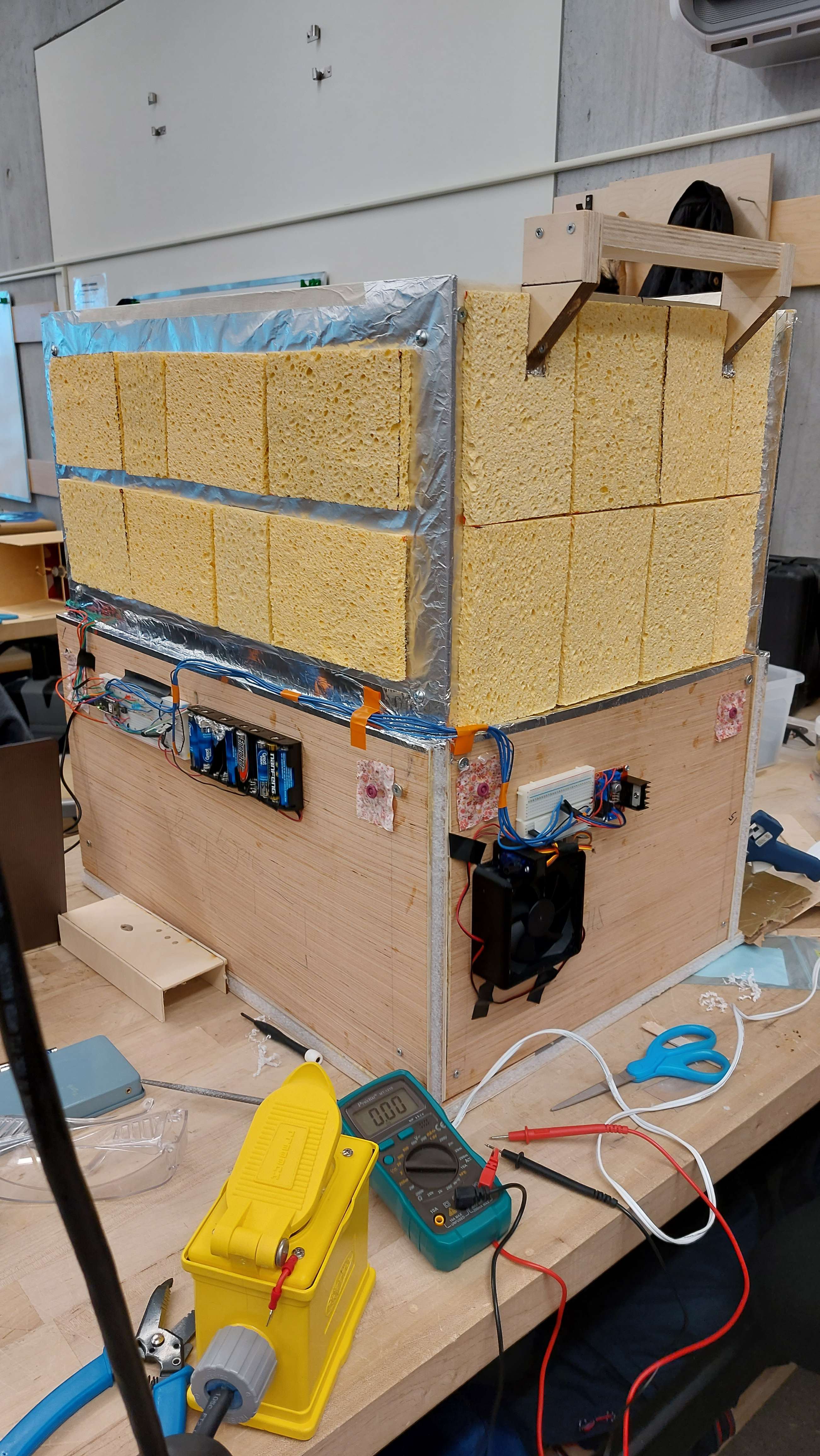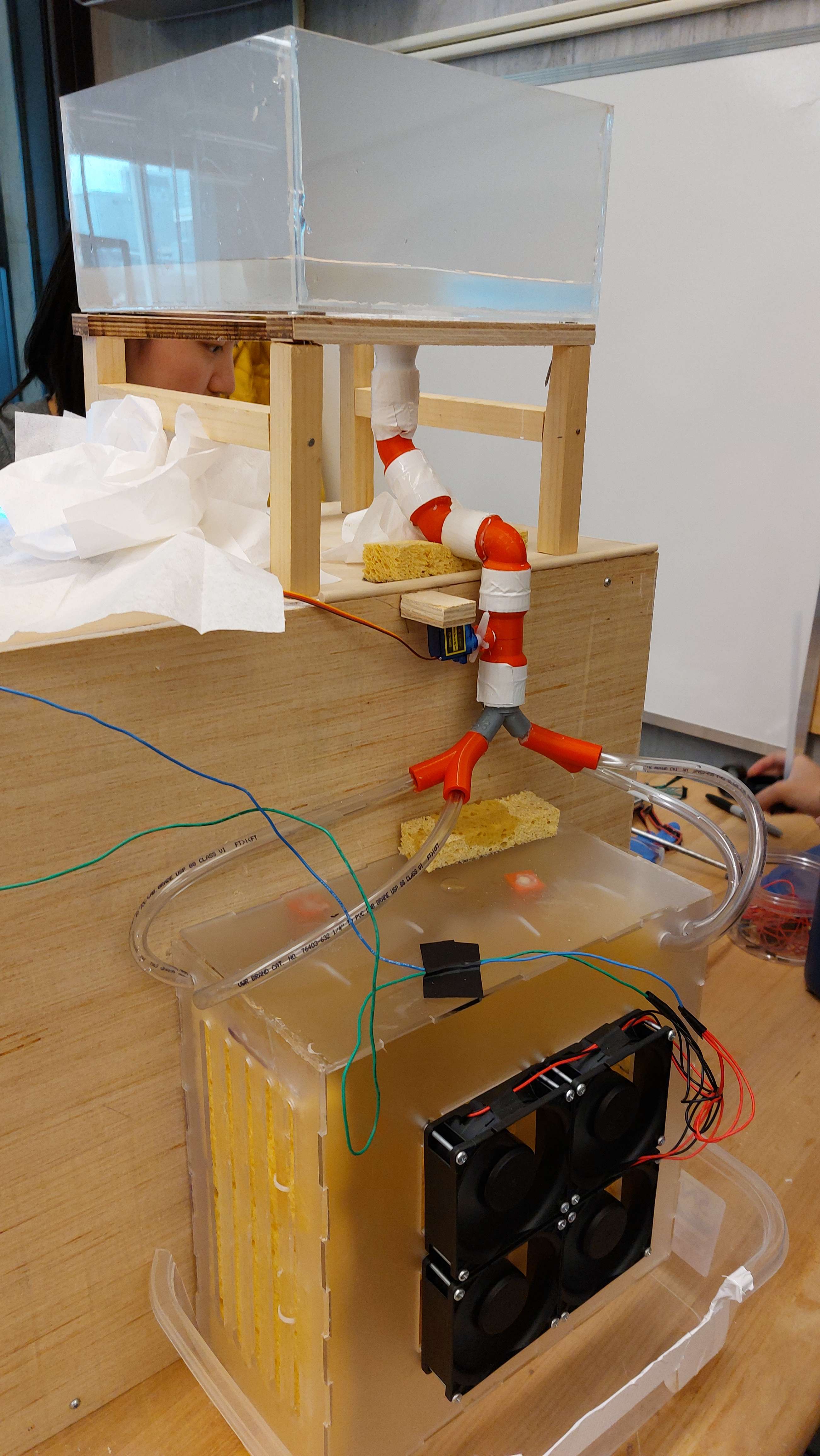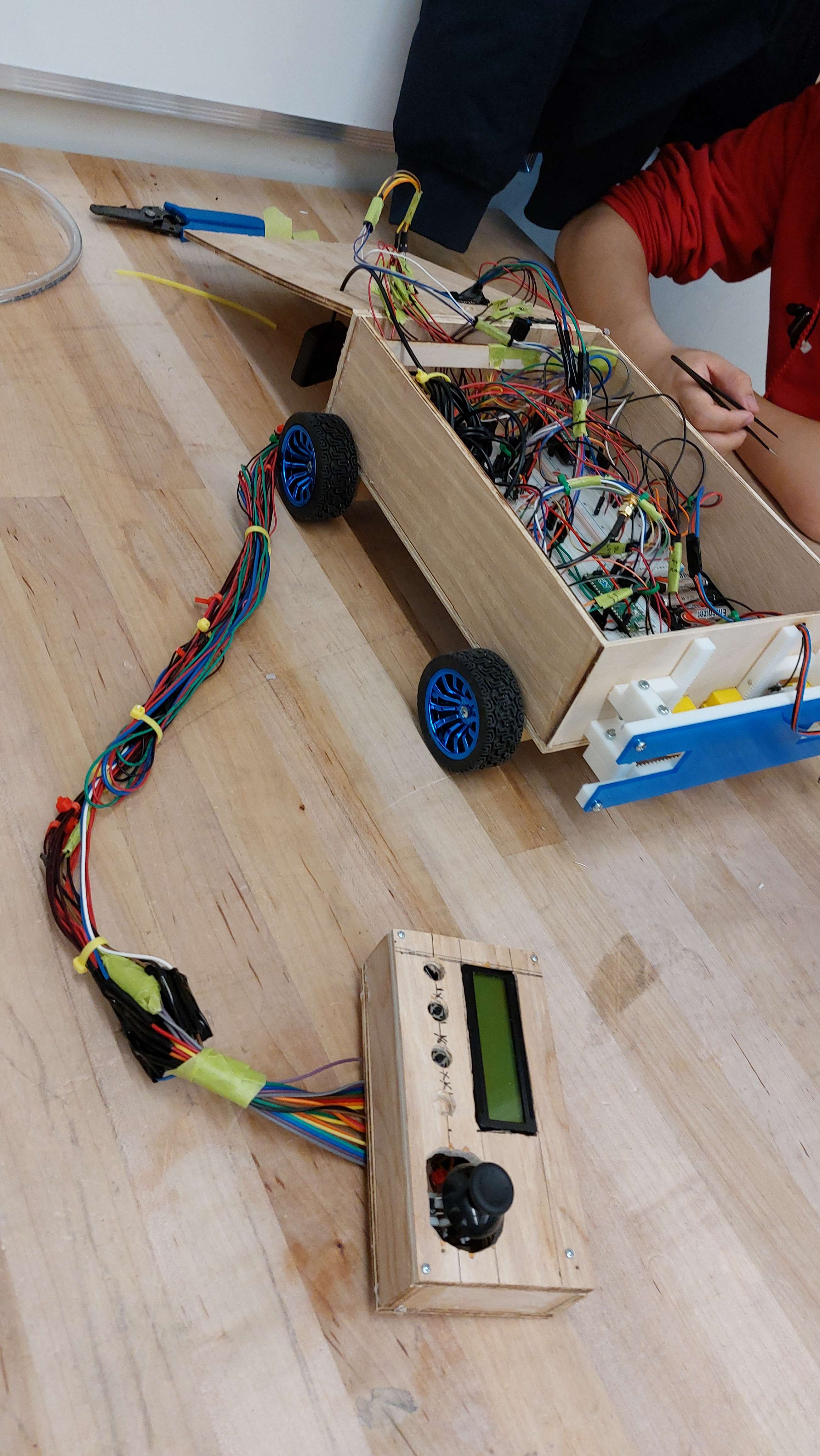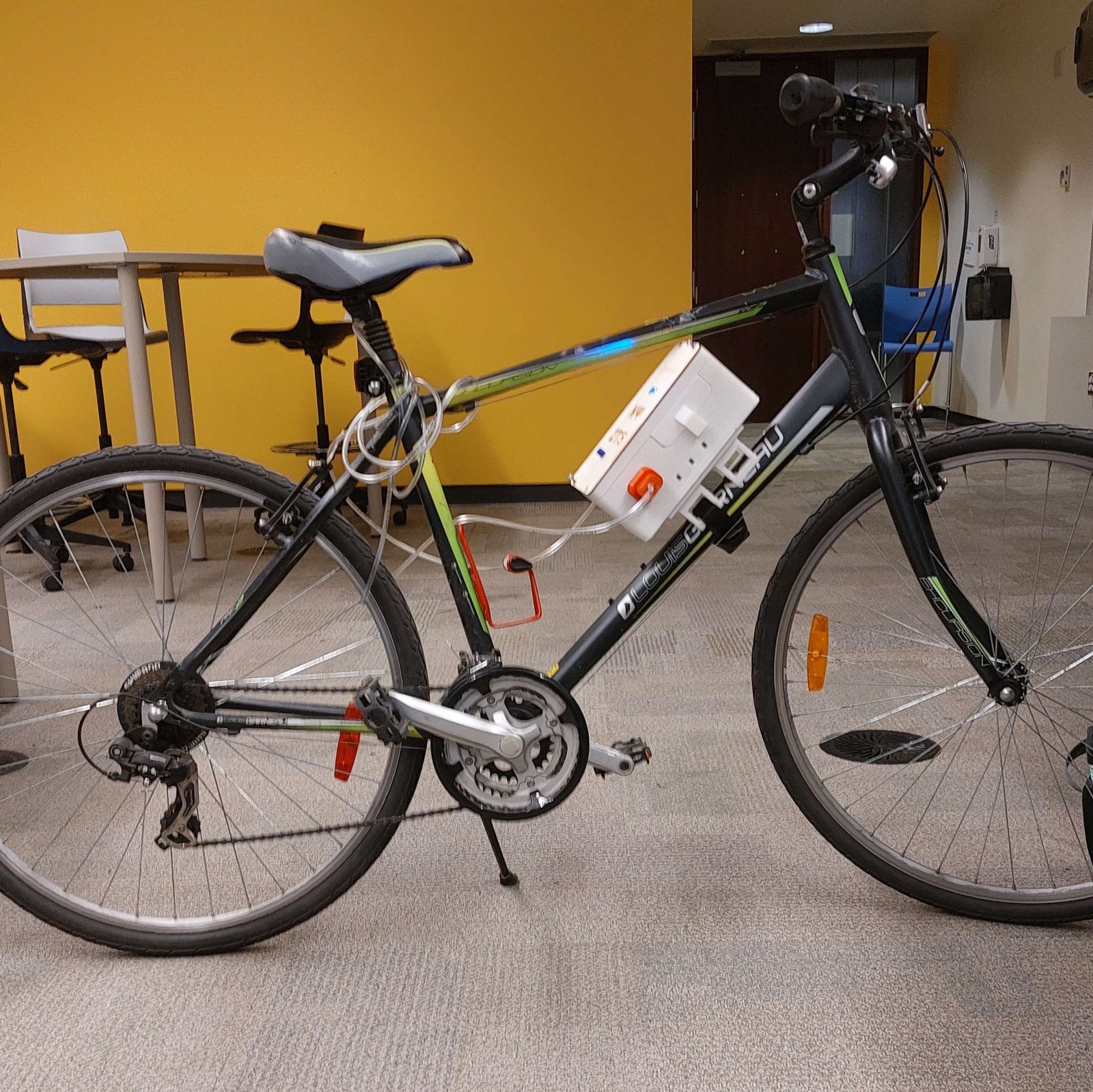Praxis III (ESC204) Teaching Assistant
Overview
During my master’s I was given the opportunity to be a teaching assistant (TA) for courses. I applied to, and received an offer to be a lab TA for Praxis III (ESC204) which teaches second year Engineering Science students the basics of mechatronics design and prototyping in the context of an open ended humanitarian project.
As a lab TA, my duties were almost entirely related to mentoring a lab section with a co-TA through the entirety of the semester long design project. This contrasted to the marking TAs which were not student facing and performed the overwhelming majority of grade assignments. (Us lab TAs only contributed to the assessment of the final presentation for each group, valued at ~5% of their final mark.) In summary my tasks were:
- Deliver prepared tutorial content to develop both “soft” and technical skills of students for the first half of the sessions for the semester.
- Oversee and assist the students in individual and team activities.
- Aid students in objectively framing their projects for a client using evidence gathered from both primary and secondary sources.
- Provide technical support to students developing their solution prototypes.
- Ensure that students cooperate effectively in their teams.
The Tutorials
There were six technical tutorials that we delivered over the first half of the semester. These touched on all different faucets of mechatronics to provide a foundational proficiency in the skills students would need to delivery a mechatronic system within the scope of the course. These concepts were:
- Mechanical Computer Aided Design, using Fusion 360
- Programming microcontrollers, using MicroPython
- Interfacing hardware and reading datasheets
The Project
The main focus of this course was to help students develop and exercise project delivery skills, both “soft” skills related to documentation and research as well as the technical skills usually associated with engineering projects.
This course had a relatively unique approach to determining project scope compared to other courses in my experience. Whereas in most courses you either have a project assigned to you (“Make a 3D-printer”) or an entirely blank slate with some set of requirements (“Make something with a four-bar mechanism”), this course opted for “opportunity champions” for each section. They represented some charity or humanitarian organization from around the world, and it was the duty of the students to research what would be a valid (it didn’t have to be optimal) technical solution for their “opportunity”.
Thus there was significant research the students would have to perform to determine the scope and valid design space for their opportunity, before gradually narrowing it down based on the stakeholders of interest, and then once again with a selected concept. The organization my section was working with was Cycle Connect which was a lease-to-own organization for farming equipment in Uganda.
For the first half of the semester sessions were held alongside the technical tutorials to help the students get their footing in this unique framework and develop design concepts based on self-guided research. The goal being to have settled on a design concept by mid-semester.
Prototyping
The second half of the semester was focused on the prototyping of the students' design concepts. There was no material delivered like tutorials and instead as lab TAs we shifted to the role of technical advising on projects. When students encountered issues or challenges we were to advise them in a manner that would guide them arrive a solution on their own. Occasionally we would also aid in troubleshooting faulty systems. When not actively providing advice or troubleshooting we would roam our sections to check that teams were cooperating well among themselves.
Although there was some emphasis on the functionality of the final prototype, the bulk of marks were derived from documentation of their prototyping process. This is something we regularly reminded our students to do, be it details as small as material choices, to the results of experiments - successful or not. I made it my mission to instill this on my students.
Results!
In the end my students made some prototypes of equipment they determined would aid Cycle Connect’s mission to aid farmers in Uganda.
Two of the four teams in my section converged on passively cooled food storage solutions, their reasoning being that improper storage of crops was the largest contributor to lost crops in Uganda. They however differed in their implementation of mechatronics and primary cooling system design. These happened to also be among the largest prototypes built in the class!


One of the teams built a little cart that would aid in improving crop yield by taking incremental soil measurements across a field and providing farming recommendations based on the results.

My final group made an alarm system to aid in protecting equipment from theft which they found to be a problem for farmers. It had wireless connectivity to alert the owner in the event equipment was being tempered with.
